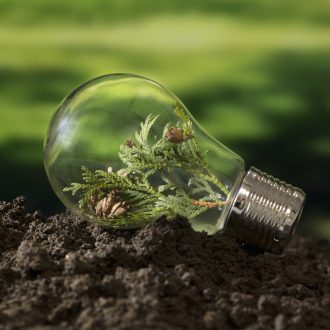
It is no secret that construction sites often get very chaotic at times. With the high volume of activity, messes are bound to occur on site! At first glance, a tiny liquid spill doesn’t seem all that important and is placed lower on the priority list. That small spill can go on to very major consequences if left unchecked. Liquid waste is very easy to manage but can be quite troublesome if neglected, especially if that liquid waste makes its way toward an inlet.
So, what exactly is liquid waste? On construction sites, liquid waste can be defined as mud, gasoline, oil, paints, cement/concrete, and detergents. They are a significant threat to nearby water bodies should they be exposed to storm drains that ultimately discharge to adjacent water bodies. During rain storms, the exposed liquid waste can be collected into the runoff and carried off the site, directly acting as a pollutant.
There are serval Best Management Practices (BMPS) that can be implemented to regulate these issues. Installing silt fences and having gravel surfaced areas is a great way to deal with sediment/mud. For containing fuel and oil onsite, drip barriers/containers are an effective way to deter spills. Installing designated paint/concrete washout areas with signs posted can help contain these pollutants in a specified area. If you want to take it a step further, it is all ways best to simply plan a head. Being proactive is key knowing your sites drainage plan and having a spill kit and spill procedure can help stop many problems before they even happen.
There are several measures that can be taken to ensure liquid waste doesn’t become your sites Achilles heel. KCI is more than willing to help you with your stormwater needs, including proper disposal of liquid waste! For further questions on how KCI can be of assistance on your next project, contact us today!



